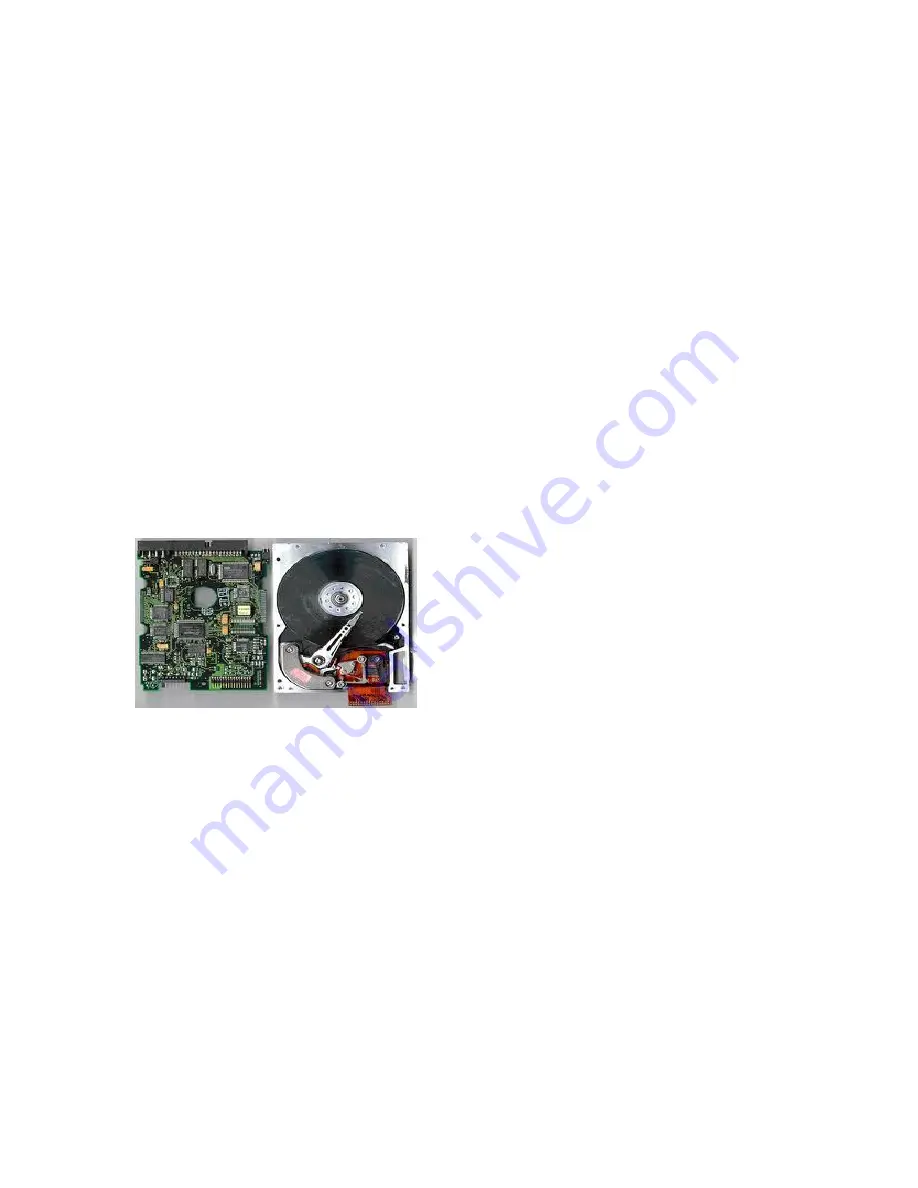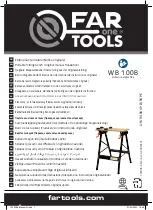
22
Try that same scenario 6 months after heavy use... and results will could be very
different
There's a high chance that each PCB has made themselves unique to each drive!
How can this be?
Its called SMART Technology where the hard drive is designed to reconfigure
itself during operation to maximizing performance and protecting data. If a
sector is read slow but functional the drive will remap this sector as bad and
move this sector creating changes to track and sector information in firmware
Now this new reconfigured information is unique to the drive, and can cause this
PCB to be incompatible with any other drive of matching numbers.
As a data recovery engineer it is always best to repair the Original electronics of
a failed hard disk drive
That way you get maximum results with very little risk, Most high end data
recovery companies have the expertise to replace many, if not all components on
the PCB.. but not only physically but replacement, but this may also involve new
components and reprogramming.
COMMON HARD DRIVE FAULTS
Please Note: This area will be slowly updated with common faults from hard drives
that I see on a daily bases, these will consist of jammed spindle motors to system
area faults, head crashes, PCB component issues, stuck read write heads to the
unfortunate unrepair-able faults
Clicking Noisy Hard drive
On the Side of the Base of most hard drives is a sticker that collects any
contaminants when it comes to dust or the fatal head crash













































